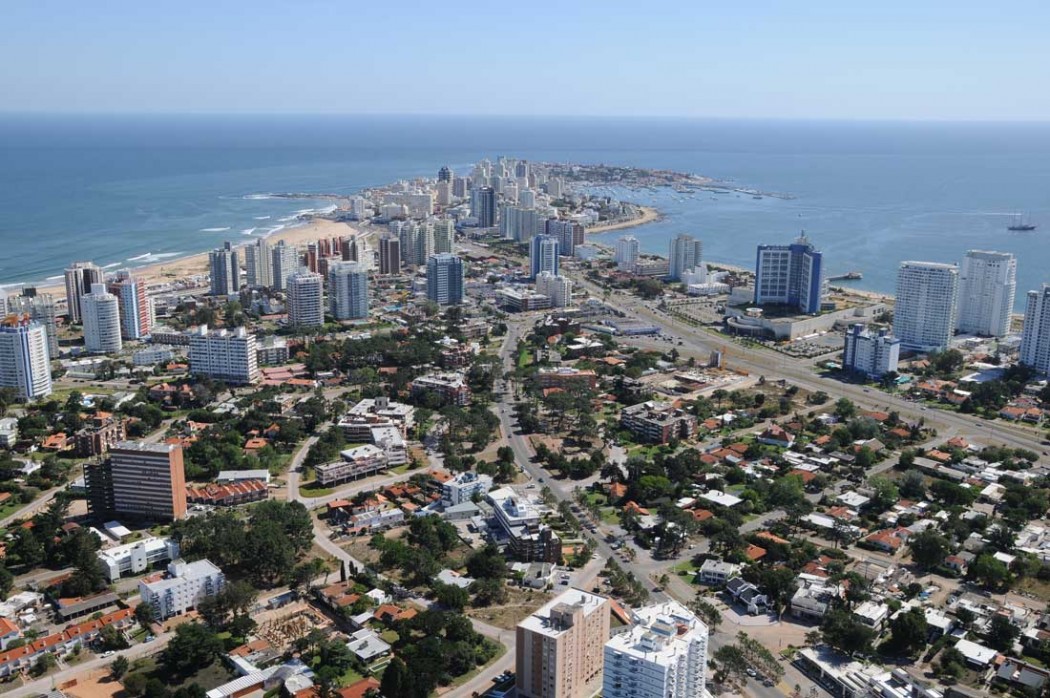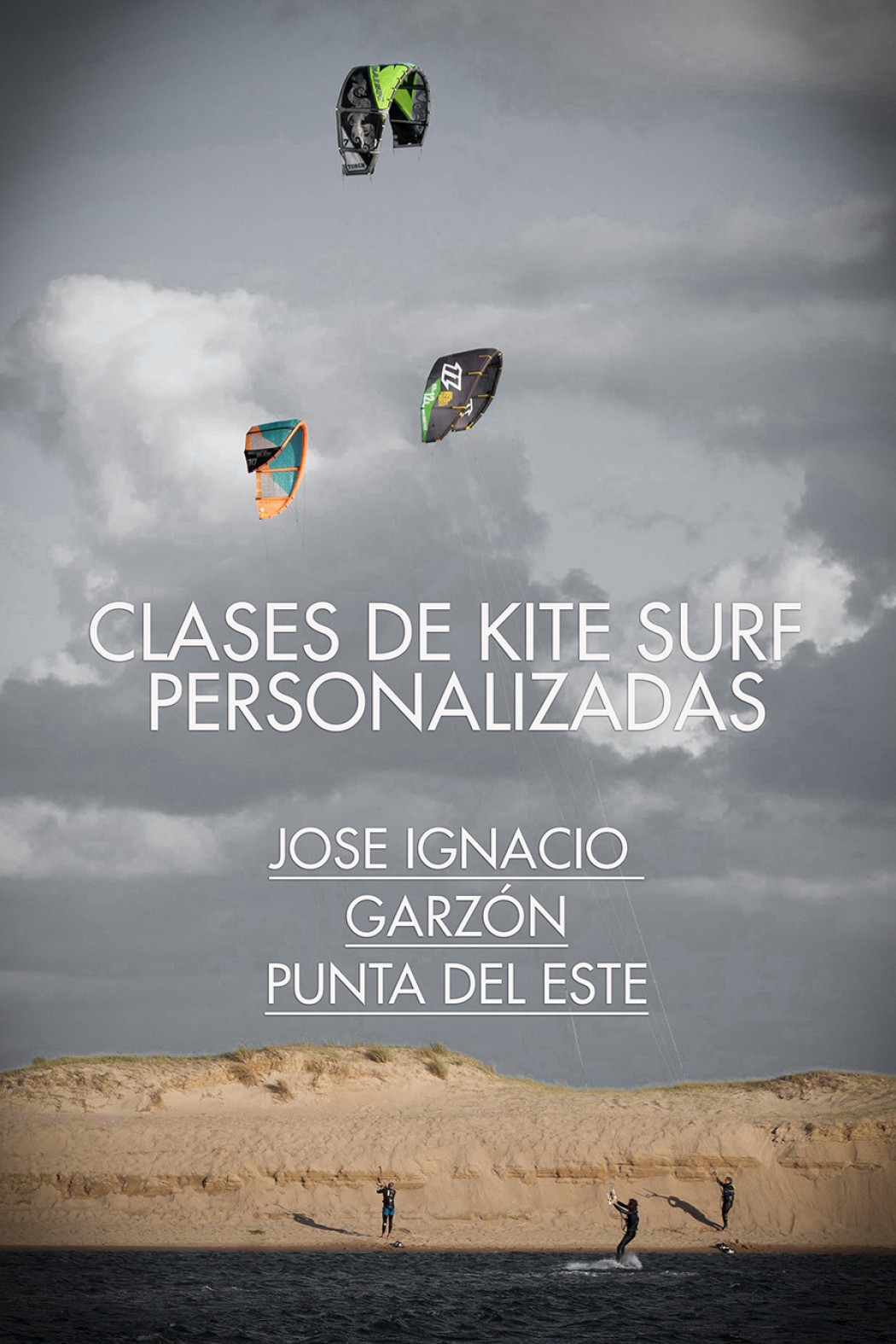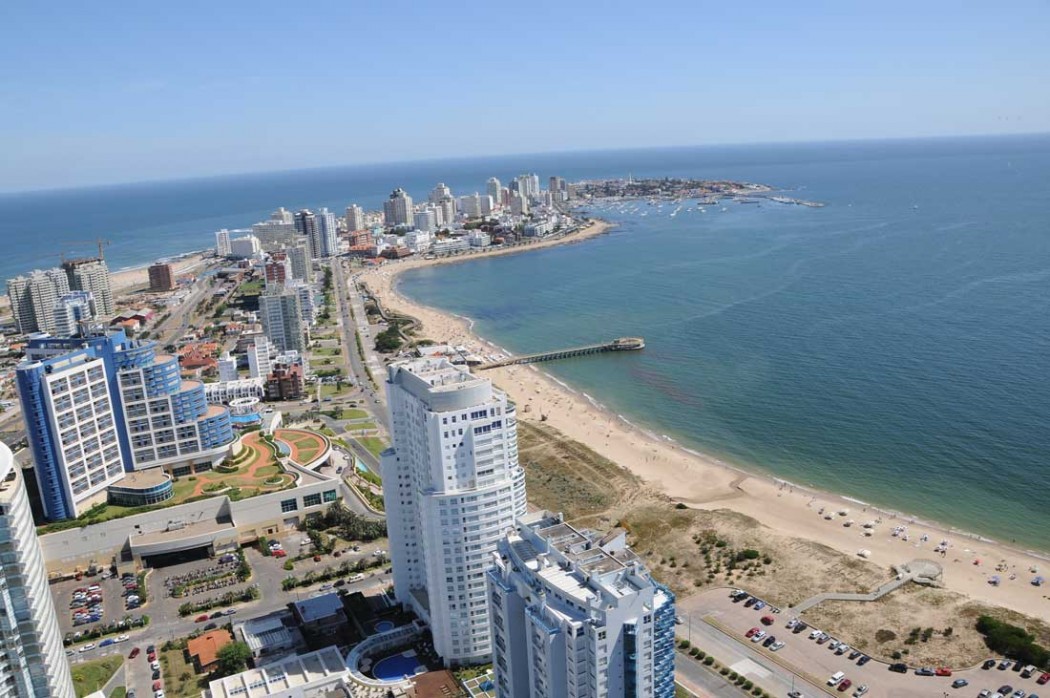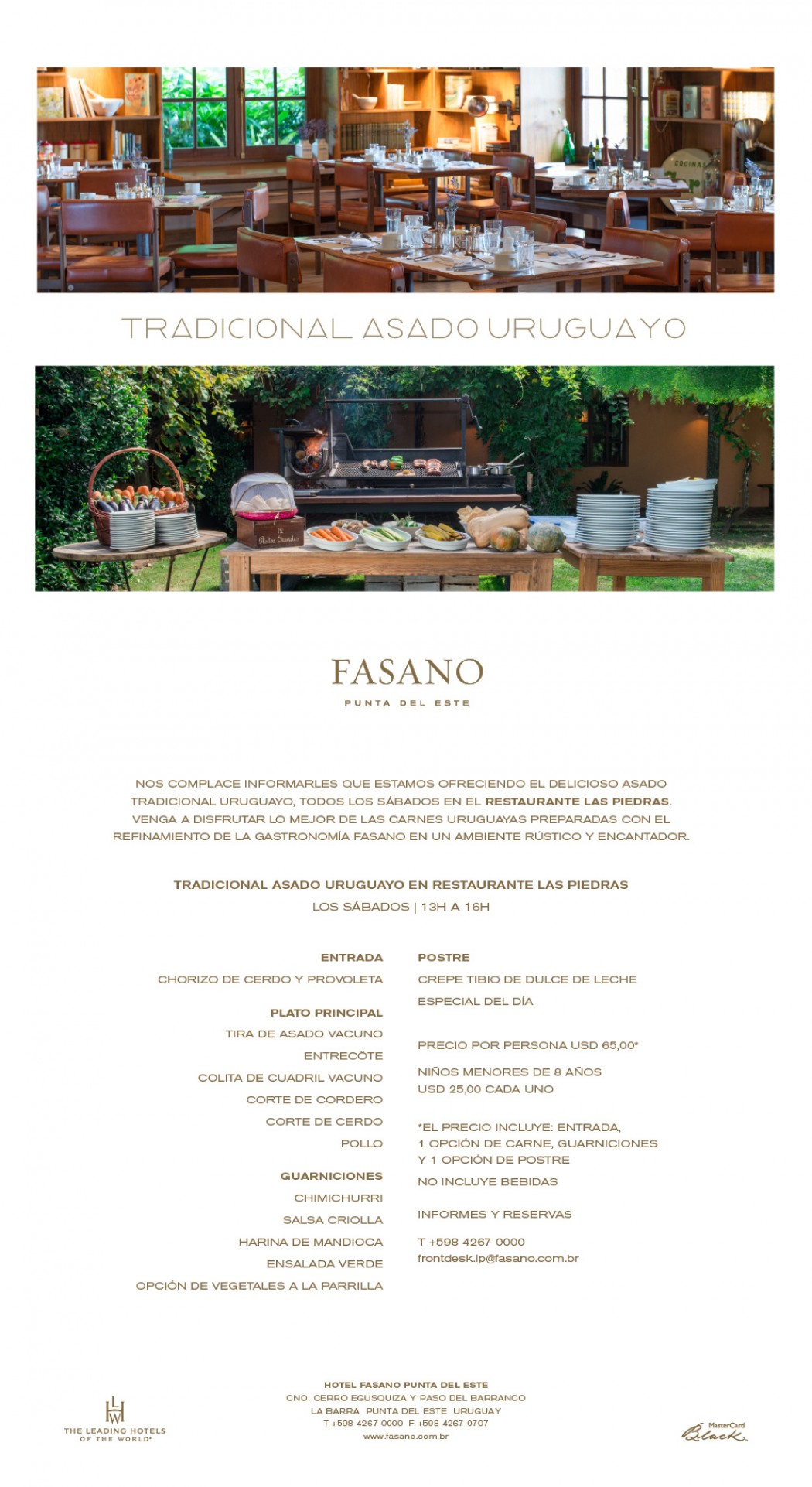
Se acercan los meses de calor y empiezan los planes vacacionales. Punta del Este es uno de los destinos más codiciados del Hemisferio Sur en esta época del año. Pero, ¿se habrá vuelto un destino caro en términos relativos? ¿Qué viene pasando con el peso uruguayo? ¿Qué podemos esperar que suceda para los meses que vienen?

Clases personalizadas de Kite Surf, en José Ignacio. Te gustaría incursionar en el deporte? Querés mejorar tu técnica? Te interesa aprender más sobre la actividad? Envíanos tu consulta por mas información y costos.

Uruguay es el país de América del Sur más "amigable" con los derechos de los homosexuales y ocupa el 9° puesto entre 138 países, según el ranking de la guía turística más tradicional de temática gay, "Spartacus International Gay Guide".

YO TAMBIÉN COCINO Curso de 8 clases teórico-prácticas particulares dictado en un período de un mes. Duración de cada clase: 2 Hs.

Para la mayoría de los argentinos es un lugar de descanso por algunos días, pero para otros, Punta del Este se ha transformado en un lugar para vivir. Al menos, así lo destaca una nota del medio Uruguayo El Observador, que plantea que hay familias que se fueron a vivir allí hace ya mucho tiempo, otras que pasan sus primeros años y algunas que este año ya no regresarán a Buenos Aires. Mientras el gobierno del vecino país se propuso diseñar políticas de estímulo para que ciudadanos del Mercosur puedan tramitar sin problemas y con rapidez su residencia en Uruguay, son cada vez más las familias de argentinos que deciden "cruzar el charco" para cambiar su vida definitivamente, y una señal clara de ello es el incremento en la inscripción de niños argentinos en los colegios más distinguidos de Punta del Este. Vivir con más tranquilidad, sin incertidumbres y encontrar una mejor calidad de vida para sus hijos, son frases que repiten quienes eligen la ciudad balnearia uruguaya para quedarse todo el año. Pero también influye el "cepo K", según lo califica El Obersvador: la política proteccionista del gobierno de Cristina Fernández de Kirchner que incluye restricciones monetarias al mercado doméstico. Irse de Argentina implica planear para que la educación no quede al azar y, por eso, son cada vez más los padres que confían en los colegios de la península. El Instituto Uruguayo Argentino (IUA), el St. Clare's College, el Woodside y el Joseph Mary ofrecen educación bilingüe y concentran a decenas de estudiantes extranjeros. Y según la nota del medio uruguayo, el incremento de la matrícula de alumnos argentinos es un hecho desde hace dos años. "Cuando empezamos con el colegio hace 10 años teníamos 20% de la matrícula con argentinos, hoy estamos en 40% más o menos. Ha venido aumentando de forma sistemática y estos últimos años ha sido muy fuerte", contó a El Observador el director del St. Clare's College. La institución que funciona en el barrio San Rafael tiene 300 alumnos. Alrededor de 120 integran familias argentinas, otros 100 son uruguayos y el resto se reparte entre brasileños, norteamericanos y europeos. Otro de los lugares tradicionales es el IUA, que tiene su sede en la zona de la parada 6 de la playa Mansa y que desde su fundación en 1978 -como jardín de infantes- concentra gran cantidad de argentinos. El colegio informó a El Observador que las inscripciones comenzarán el 1º de febrero, pero desde hace días se están recibiendo llamadas telefónicas de padres interesados en tener una entrevista para conocer la propuesta y anotar a sus hijos en educación inicial, primaria o secundaria. En el caso del St. Clare's College, la perspectiva es que siga aumentando la cantidad de alumnos. Este año ya hay confirmados 60 nuevos, de los cuales 45 son argentinos que se anotaron en julio del año pasado para empezar las clases en el mes de marzo. Según explicó la institución, el bachillerato internacional que ofrece el colegio es reconocido en muchas partes del mundo y representa un atractivo para los extranjeros. "Sus papás buscan ese diploma para su hijos. Hay materias que se dan en varios países con los mismos contenidos y en el mismo período. Eso permite una movilidad de los chicos sin tener que rendir ningún tipo de examen en caso que se muden a otra parte", afirmó. En tanto, el Colegio Cantegril informó, a modo de ejemplo, que dos familias con niños en edad de preescolar y de primaria enviaron correos electrónicos, explicando que piensan radicarse en la zona y que desean tener una entrevista con la directora. En todos los casos se espera que las consultas sean más fluidas a partir del mes próximo, a medida que se acerca el comienzo del año lectivo. Rita Crosato, que integra el grupo Mujeres Argentinas Residentes en Punta del Este (MAR), contó a El Observador que en las zonas aledañas viven entre 4.000 y 5.000 compatriotas. No obstante, aclaró que es una población "fluctuante", porque muchas de las familias que tienen hijos en edad escolar regresan a Buenos Aires cuando estos terminan el bachillerato, para comenzar los estudios terciarios. Durante el último Consejo de Ministros celebrado en la residencia de Suárez y Reyes, el presidente uruguayo José Mujica solicitó a integrantes de su gabinete que los ministerios coordinen políticas que agilicen el trámite de residencia y nacionalidad de personas de la región interesadas en establecerse en el país. Para eso, se conformará un grupo de trabajo entre las carteras de Interior, de Relaciones Exteriores, de Desarrollo Social y la Secretaría de Presidencia. Desde que comenzó su período de gobierno, Mujica tiene especial interés en que jóvenes con capacidad de trabajo y alta formación se instalen en el país para dar respuesta a la demanda creciente de mano de obra calificada. Según explicó el canciller Luis Almagro, se trata de estimular la residencia no sólo de personas ancianas jubiladas con buen poder adquisitivo, sino también de jóvenes con capacidad de trabajo. En muchos de los casos relevados por el medio uruguayo, las familias de argentinos que se radican en la zona balnearia de Punta del Este lo hacen a modo de prueba durante el primer año. El padre sigue viajando a trabajar a Buenos Aires, pasa allí hasta el jueves y regresa el fin de semana; mientras los hijos permanecen con su madre y estudian en Uruguay. Luego los viajes son cada vez más espaciados en el tiempo, hasta que un año después se mudan definitivamente, compran casas cerca de los colegios y los jefes de familia trabajan en la zona o en Montevideo. El perfil de los "nuevos residentes uruguayos" es de alto poder adquisitivo y se trata de contadores, abogados e ingenieros de alta especialización, vinculados en su mayoría a entidades financieras y la industria del software. "Lo primero que nos dicen los argentinos cuando llegan es que se vienen por un tema de inseguridad. La gran mayoría ha tenido problemas fuertes en Buenos Aires. El segundo es la inseguridad jurídica y tercero el desasosiego económico que representa estar allá, donde el vaivén es de tanta inestabilidad, que deciden venirse buscando mejor calidad de vida", comentó el director del St. Clare's College. Fuente: iprofesional.com

¿Quieres conocer la Planta de Elaboración de Aceite de Oliva Extra Virgen número uno fuera de Europa? Conocer la historia de este óleo milenario y dar una mirada al proceso de elaboración del Aceite de Oliva Extra Virgen Colinas de Garzón? Además puedes disfrutar de un pintoresco paseo por las plantaciones de almendros y colinas de olivares. Finalmente, deleitarás tus sentidos con una degustación de aceites acompañados de delicioso pan casero elaborado en el establecimiento.

Todos los sábados el restaurante Las Piedras ofrece el delicioso asado tradicional uruguayo. Se puede disfrutar lo mejor de las carnes uruguayas preparadas con el refinamiento de la gastronomía Fasano en un ambiente único y encantador.